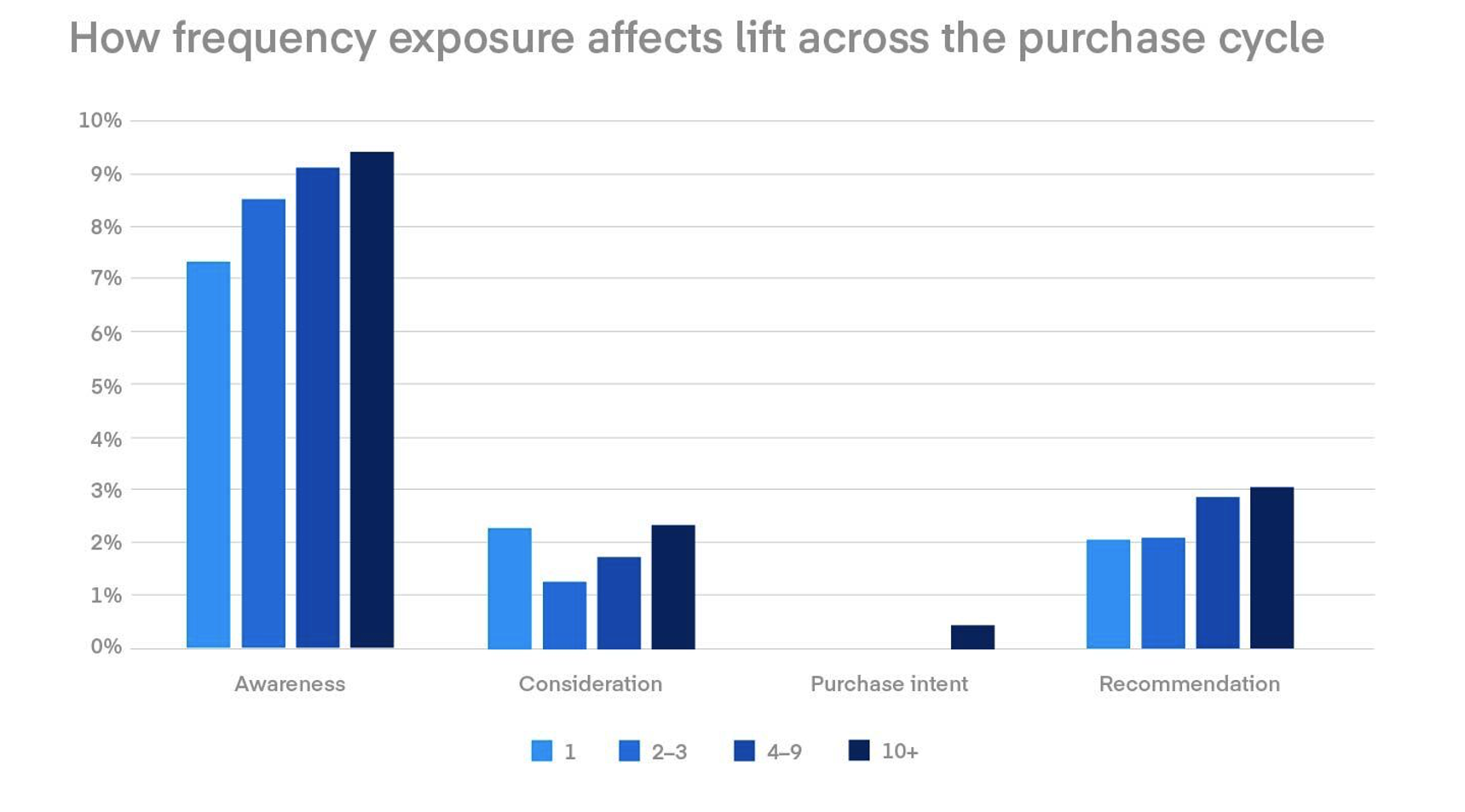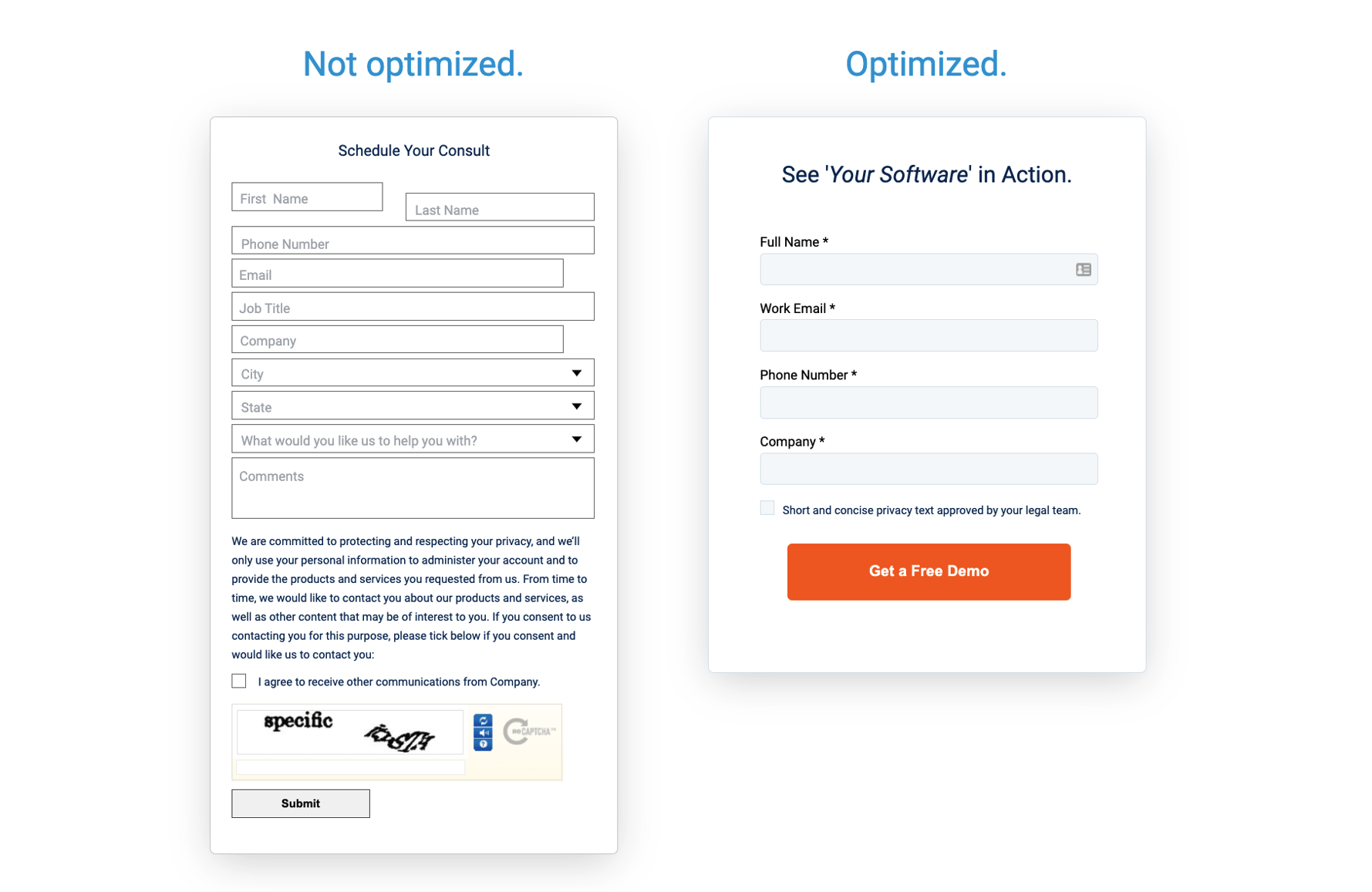“Why Haven’t I Seen My Ad?"
Let’s be honest: setting digital campaign expectations with clients is kind of like starting a new workout program. Everyone wants to look like Jennifer Lopez at 56 or have abs like Jason Mamoa …. after just one workout. We all know that’s unfortunately not how it works – whether you’re building muscle or building momentum in a digital campaign. Digital advertising is no different. It takes a plan. It takes consistency. Most importantly, it takes time for results (clicks, conversions, awareness, even muscles) to compound and grow. If your client is constantly “checking progress in the mirror,” that will only stall results, lose confidence and risk abandoning a strategy that simply just needed more time to work.
That’s why one of the most powerful tools in your digital toolbox isn’t a platform or a fancy acronym or a cool new product—it’s expectation management. And just like a personal trainer, your role is to keep the goal in sight by setting expectations and then managing them through education, communication and guidance throughout the campaign.
Even the smartest campaign can underwhelm someone if expectations aren’t set from the start. So, grab your water because we’re about to get our digital form right and start working toward results worth flexing. 💪

Key Takeaways:
Start at the beginning - Setting client expecations from the jump is key to long-term campaign satisfaction.
Manage the objections - If a client asks, "Why haven't I seen my ad?" you missed this step.
Be goal specific - If you set goals be sure to explain the metrics that matter upfront. No surprises!
Set the Foundation: Define Campaign Goals & Timeframes
Start with the goal. Not a budget. Not a product. The goal. Ask what your client considers a “win.”
Each goal warrants its own strategy which then warrants different success benchmarks. A Connected TV (CTV) campaign won’t perform the same way as Google Pay-Per-Click ads or YouTube+—and it shouldn’t.
And, before your client comes down on you for not having six-pack results in week one, make it a best practice to ask: “What are your 30/60/90-day expectations from this campaign?”
Then, you can let them know:
Objection: “Why Haven’t I Seen My Ad?”
This one’s a classic. The patient zero of digital advertising objections really. But here’s the truth:
Selling broadcast? Tune in at the 7 p.m. news hour to see your new :30 spot!
Selling radio? Listen to Joe Shmo & The Rodeo on 107.1 at 6:52 a.m. to hear your new ad!
Selling digital? We can’t tell you to log on to Facebook Messenger at 8:06 pm to see your ad.
The win isn’t your client seeing the ad – it’s the right person seeing the ad, in the right geography, the right number of times.
Worth noting that even frequency differs by channel:

https://www.thetradedesk.com/resources/ideal-frequency-optimization
More on Social Mirror features here
Track What Matters: Conversion and Attribution Tools
Some clients hyper-focus on clicks. But clicks alone don't measure the full story. That’s where container tags come in.
Your container tag is your must-have for: website retargeting, conversion tracking and even tracking people who have seen an ad, didn’t click and still made their way back to the website (View-Through Tracking).
Container tags (also sometimes referred to as Google Tag Manager or conversion pixels) allow us to track:
Remember: About 60% of Google searches don’t lead to a website visit but that doesn’t mean they didn’t act (Search Engine Roundtable). Zero-click searches are real—if they get all the info from your client’s Google listing, that’s still a win.
More on how to identify site visitors—with Website Visitor ID
“What If I Don’t See Conversions?”
The campaign is generating a lot of clicks, but no conversions. This is your cue to play digital detective and to wow your client with your digital chops.
Ask:

https://www.gartner.com/en/digital-markets/insights/lead-generation-forms
It’s like trying to run a marathon in flip flops—it might technically work, but it’s not ideal. The funnel needs to support the campaign, not trip it up.
Tips to boost conversion rates:
According to industry data, more than 40% of online inquiries happen outside of normal business hours.
Want to add Live Chat? We can help track lead activity there too.
Product-Specific Expectations: Mobile Conquesting
Clients often expect website conversions from Mobile Conquesting. But that’s not always realistic. Mobile Conquesting uses some of the most impressive and highly intelligent location-based technologies and is your go-to for things like:
Explain up front that conversions often happen on larger devices like tablets and desktops. For clients who need website conversions, recommend Cross Platform Targeting to accomplish the best location-based targeting and track conversions.
Omnichannel campaigns produce a 250% higher rate of purchase frequency than do single-channel campaigns. Keeping your brand top of mind across numerous channels will drive more revenue. (Source: ClickZ)
Reporting: Context Is Everything
“Why is our CTR only 0.10%?”
“Why don’t I burn 1,000 calories from walking to the fridge?”
Instead of focusing only on CTR, use the reporting time to:
Apples to Oranges: Help Them Compare Smartly
“We’re running a cheaper campaign with another vendor.”
Educate them:
“With digital, you get what you pay for.” If it’s too cheap, it’s probably not quality.
Scale your Digital Offerings with a suite of products
“Can We Just Try This for One Month?”
Here’s how to reframe that (for non-event-based campaigns):
“Unless you have a very healthy budget, one month isn’t enough time to build brand awareness, optimize performance and track long-term impact.”
Short campaigns fizzle. Thoughtful campaigns build trust—and renew.
Final Thoughts: Managing Expectations = Managing Success
The best campaigns rely on a number of things but at their core, they’re built on clarity.
Here’s your playbook:
One of my favorite marketing phrases is: Drowning in data, starving for insight. We need to move beyond the dashboard to connect the data to insights and then to specific actions that address business goals (Synaphtos).